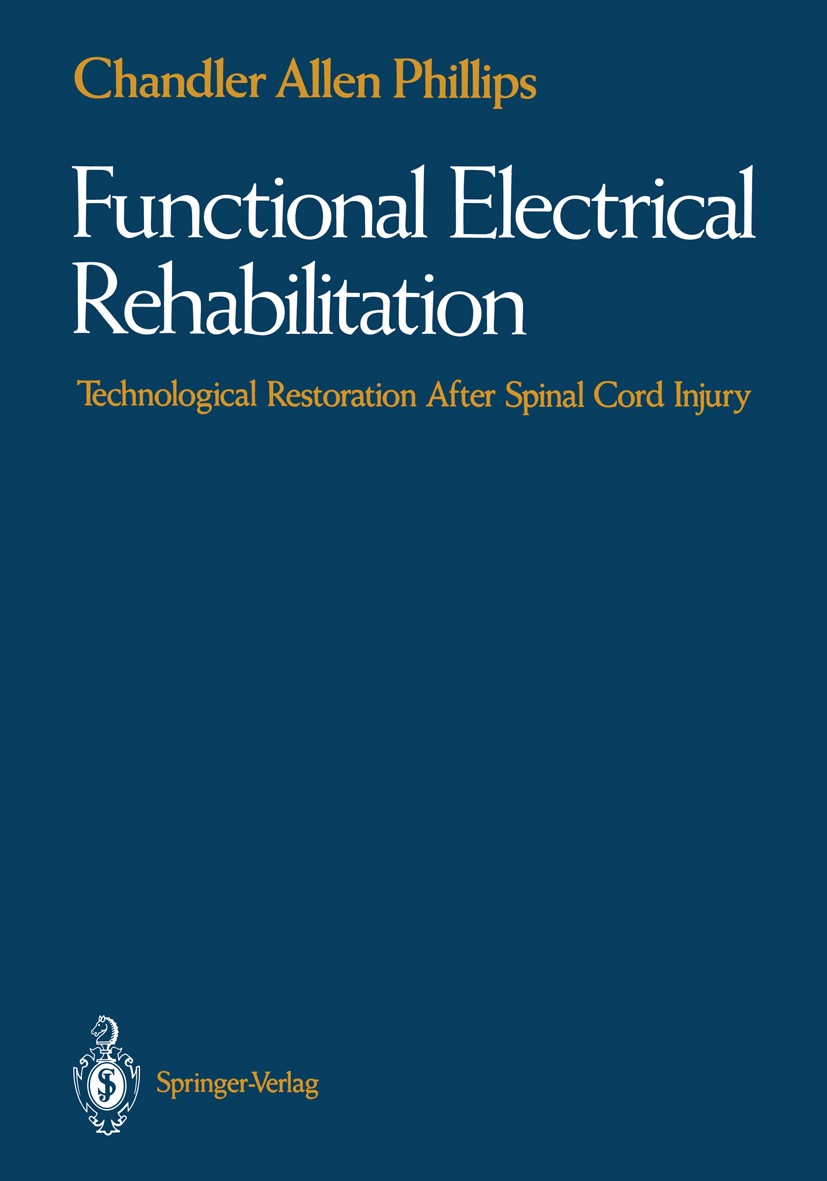| 書目名稱 | Functional Electrical Rehabilitation | | 副標(biāo)題 | Technological Restor | | 編輯 | Chandler Allen Phillips | | 視頻video | http://file.papertrans.cn/350/349662/349662.mp4 | | 圖書封面 |  | | 描述 | On one of my returns to California, I attended the "Disabilities Expo 88" at the Los Angeles Convention Center. Among the various marvels oftech- nology for the wheelchair disabled were stair-climbing wheelchairs, self- raising and lowering kitchen cabinetry, and even a completely accessible "dude ranch" experience. At the same time, as a guest of the Southern California Chapter of the National Spinal Cord Injury Association, I was part of a small booth (among the more than two hundred exhibitors) in which we had spinal cord injured people up and walking with a lower- extremity bracing system (the reciprocating gait orthosis) used at the PEERS Spinal Injury Program in Los Angeles. I had a young man, a C6/7 level quadriplegic, walking with electrical muscle stimulation and lower- extremity bracing. The system is reviewed in Chapter 8 of this book. As these "disabled" persons walked erect and upright among their wheel- chair bound colleagues and took long, confident strides past exhibits extol- ling the latest technological virtues of yet another "new" wheelchair (Fig. 1), I reflected on the paradox of it all. What a majority of these paralyzed people W0re really looking for was an a | | 出版日期 | Book 1991 | | 關(guān)鍵詞 | Biomedizinische Technik; Neurochirurgie; Orthop?die; Wirbels?ulenverletzung; rehabilitation | | 版次 | 1 | | doi | https://doi.org/10.1007/978-1-4612-3096-0 | | isbn_softcover | 978-1-4612-7796-5 | | isbn_ebook | 978-1-4612-3096-0 | | copyright | Springer-Verlag New York Inc. 1991 |
The information of publication is updating

|
|
 |Archiver|手機版|小黑屋|
派博傳思國際
( 京公網(wǎng)安備110108008328)
GMT+8, 2025-10-14 05:36
|Archiver|手機版|小黑屋|
派博傳思國際
( 京公網(wǎng)安備110108008328)
GMT+8, 2025-10-14 05:36


